Alan Titchmarsh: Everyone loves tulips — but make sure you plant the good ones
It's the time of year to plant tulips if you want an explosion of colour next Spring. Alan Titchmarsh picks out some of his favourite tulip varieties which go well beyond the usual suspects.
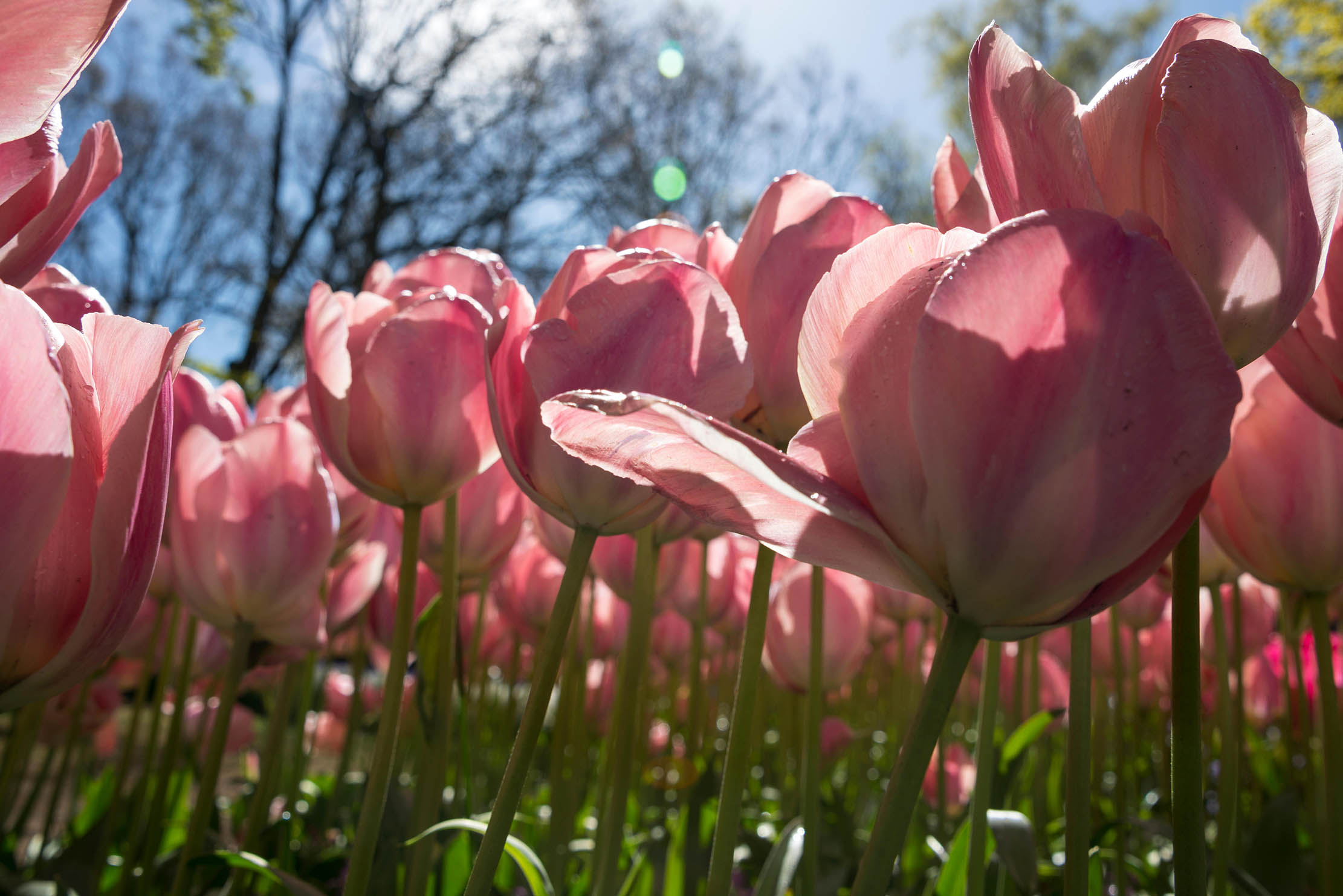

Do you know anybody who doesn’t like tulips? I think it unlikely. The reasons for their popularity are easy to define: they are elegant of form, they are easy to grow and, come spring, they offer the first glimpse of rainbow colours in the garden.
Nature has a tactful way of refreshing our senses after the privations of winter. Snowdrops emerge first — bashful and muted of tone. When we are sated with the pureness of their chaste flowers, daffodils and narcissi offer us a botanical ray of sunshine in every shade of yellow. I claim that as my reason for never growing yellow tulips: I want red, orange, plum purple and pink after my diet of gold in February and March. Tulips start to flower in April and will give at least two months of pleasure before spring slides into summer. I am a devoted fan.
Well, of most of them. I find it hard to work up much enthusiasm for the squat varieties of Tulipa greigii and T. kaufmanniana with scarlet goblets and plum-streaked stars of leaves. I will not criticise you for growing them, it’s simply that they don’t do it for me in the same way as the taller varieties — whether lily-flowered with outward-pointing tepals (tulip flowers have sepals and petals all rolled into one) or goblet-shaped. Elegance is a part of their make-up that I find hugely appealing. That said, the gay abandon of parrot tulips, including the red and white ‘Estella Rijnveld’, with their frilly-edged petals, and the contrasting streaking of Rembrandt types, such as ‘Helmar’, in red and yellow — so beloved of Flemish painters — also get my vote.
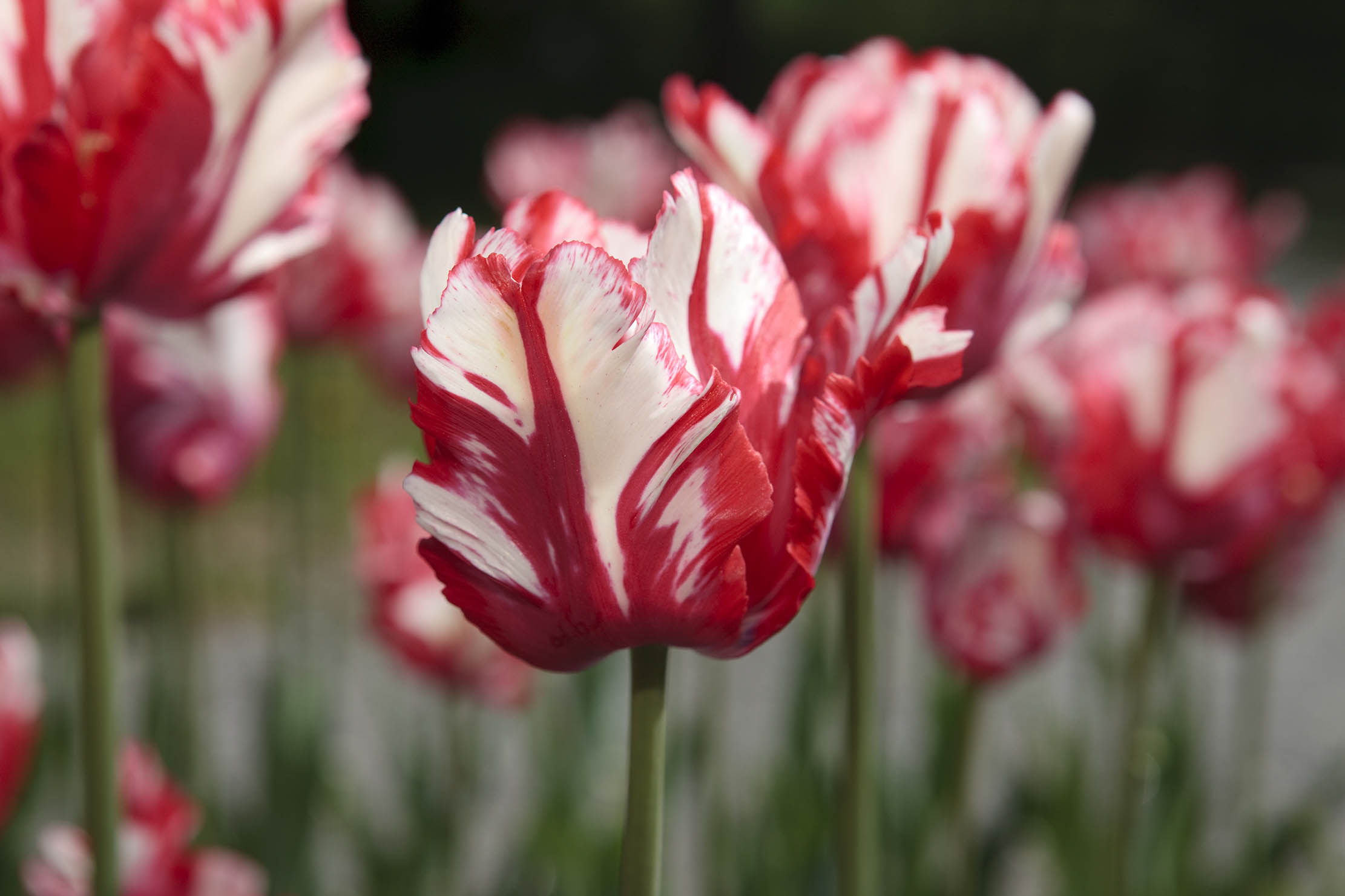
Bulb catalogues will list about 15 different types of tulips, each type with dozens, sometimes hundreds of varieties. Choose a selection of these — from early single and double varieties to Darwin hybrids and the May-flowering types — and you can be assured of a succession of flowers.
In the narrow borders either side of the pathway running up to my greenhouse, I plant a different variety each year — 8in apart and 3in deep — in October. Over the years, we’ve enjoyed the rich pink of ‘Lasting Love’, the purity of the lily-flowered ‘White Triumphator’ and dusky pink ‘Mystic van Eijk’, which drew more admiring comments than any other.
Tulips, we are told, are best planted late so that they do not have to sit for too long in cold, wet soil. Well, that soil gets pretty cold and wet in February, so I wouldn’t necessarily hang around until November to get them in unless you have to. Those that are left in the garden all year round (naturalised) seem to cope. (Daffodil bulbs tend to start pushing out roots as early as August, so September planting is advisable.)
Whereas daffodils and narcissi often naturalise well when planted in grass, tulips tend to fizzle out after the first year — the competition from the grass roots seems to be too much. If you relish a meadow peppered with tulips, you will have to replenish your stocks annually. Sarah Raven tells me that she has more success with naturalised tulips in the bare earth alongside hedges and beneath trees — the roots here seem to be less sapping of the tulips’ strength than grass roots and, no doubt, emulate the dryness they find in their native Afghanistan and Turkey.
Sign up for the Country Life Newsletter
Exquisite houses, the beauty of Nature, and how to get the most from your life, straight to your inbox.
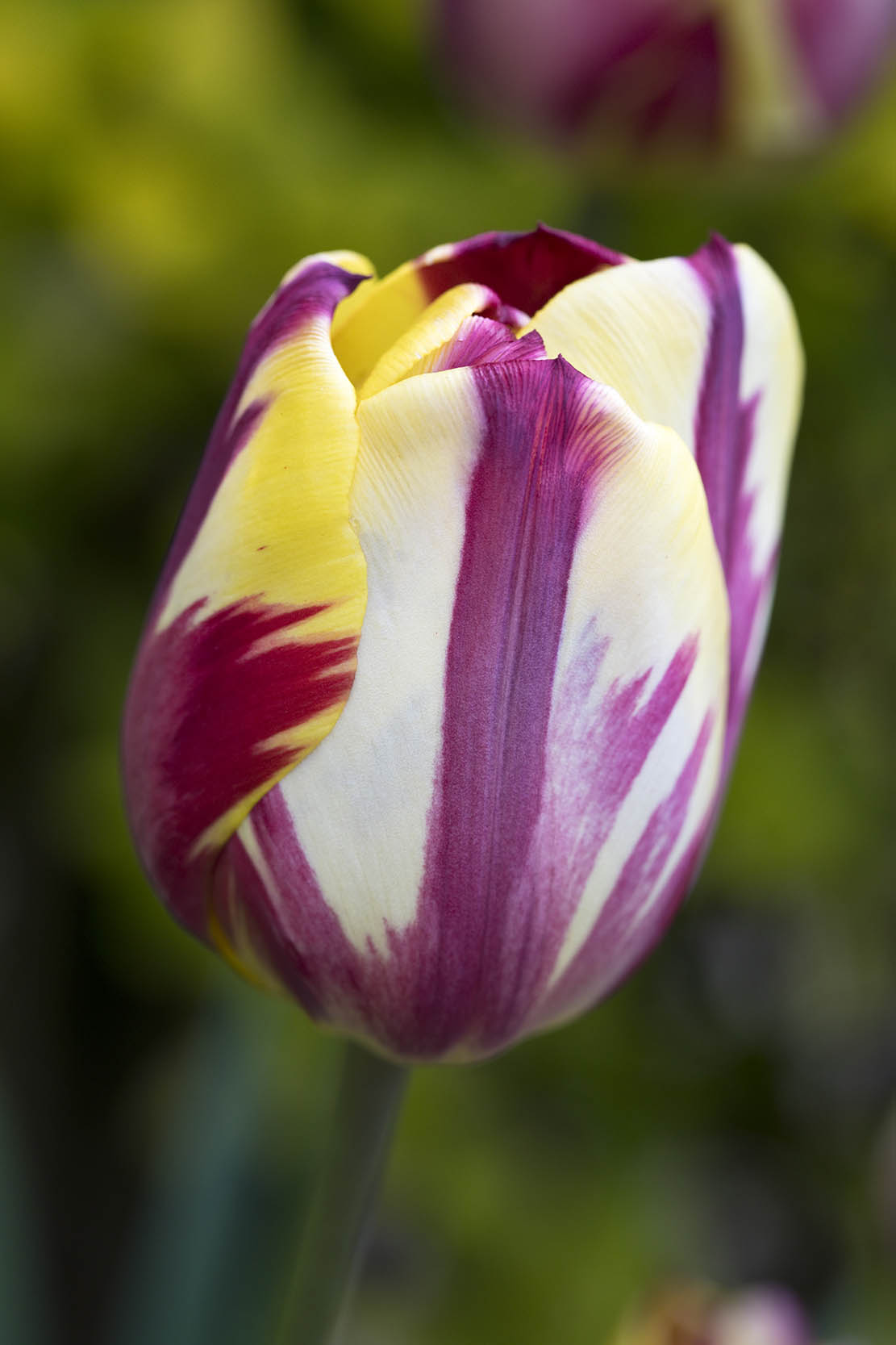
In beds and borders, tulips that are to be left in situ need to be planted more deeply than those that are dug up after flowering (when the largest bulb from each cluster can be saved for replanting the following autumn). Some varieties naturalise well: ‘Spring Green’ and ‘Greenland’ are good examples; trial and error will reveal others. Planting to a depth of 6in–8in will help.
That said, it is in large terracotta pots and lead tubs that my tulips give me most pleasure. In 12in pots, I’ll plant 10 bulbs in 20 different varieties and move them onto the terrace in succession. Watching the pointed green shoots turn into scrolls, soon to be centred with a promising bud with a stem that extends before the colouring of the tepals becomes apparent is an exciting time.
Favourites for pots include ‘Armani’ (crimson edged with white), ‘Slawa’ (deep crimson edged with pale salmon), ‘Gavota’ (deep crimson edged with palest yellow), ‘Devenish’ (crimson flushed with yellow) and the tallest and most striking of the lot, ‘El Niño’ (orange suffused with dusky red). If you want a tulip to make you smile, try ‘New Santa’ — red with a white edge that is as fluffy as the fur on Father Christmas’s suit. In the tulip world, there really is something for everyone.
Alan Titchmarsh’s new novel The Gift is out now
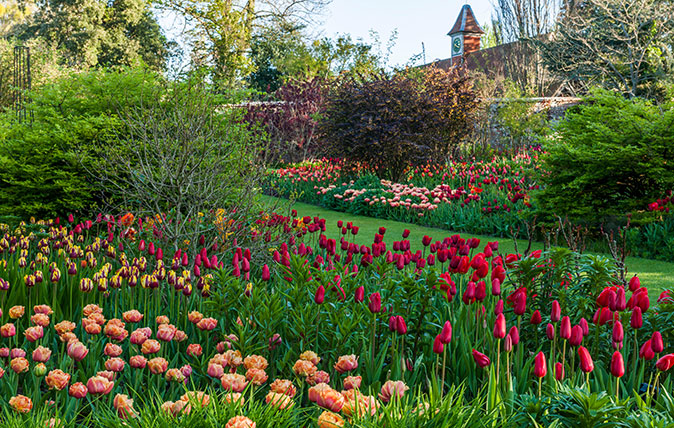
Credit: John Glover / Alamy Stock Photo
Ten simply magnificent photographs of Pashley Manor, Britain's greatest tulip festival
Every year, Pashley Manor's stunning tulip festival attracts people from across the world to enjoy these beautiful blooms in a
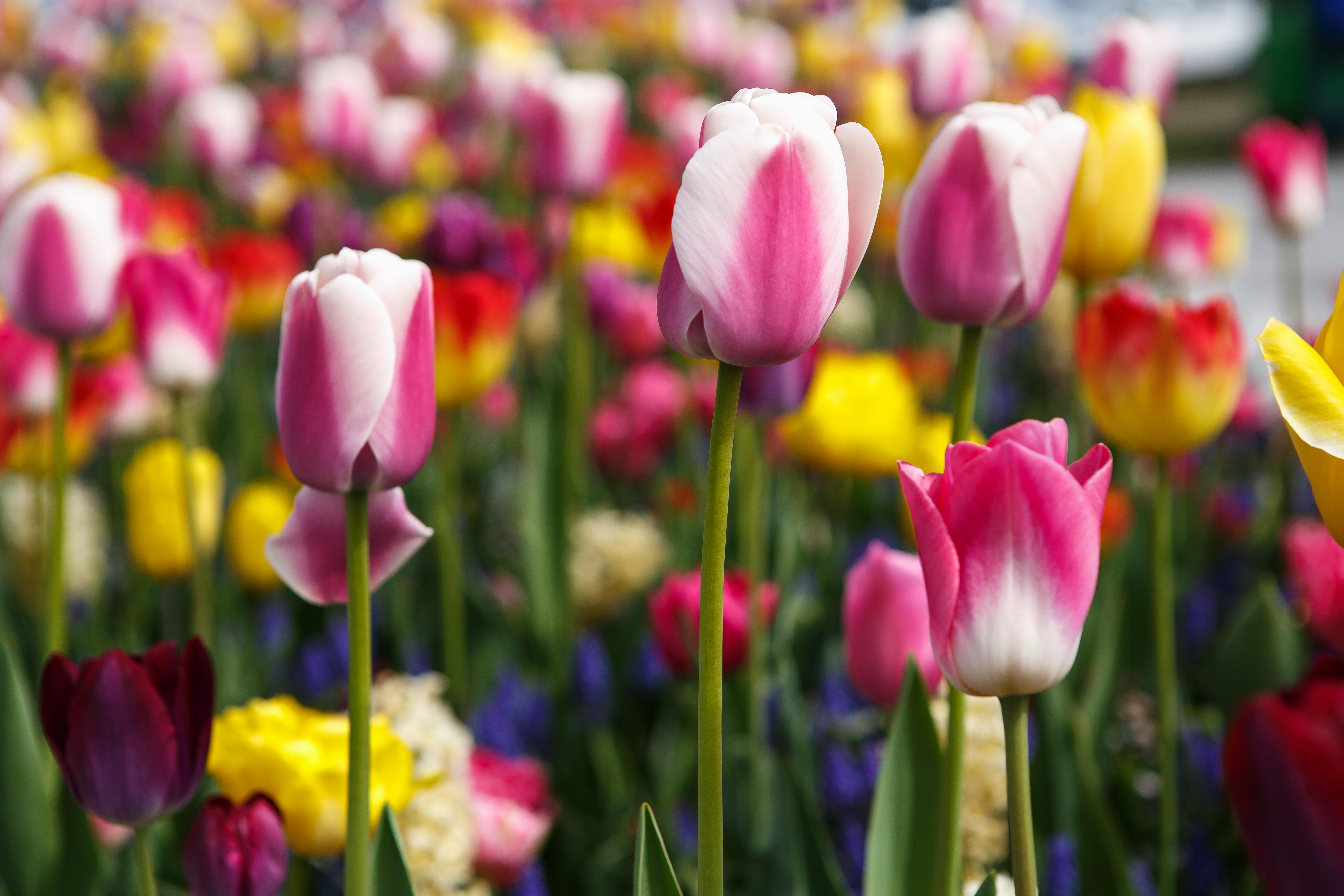
Credit: Alamy
Alan Titchmarsh: The best time of year to plant tulips
Alan Titchmars on planting tulips - and avoiding the grind of removing and storing bulbs every year.
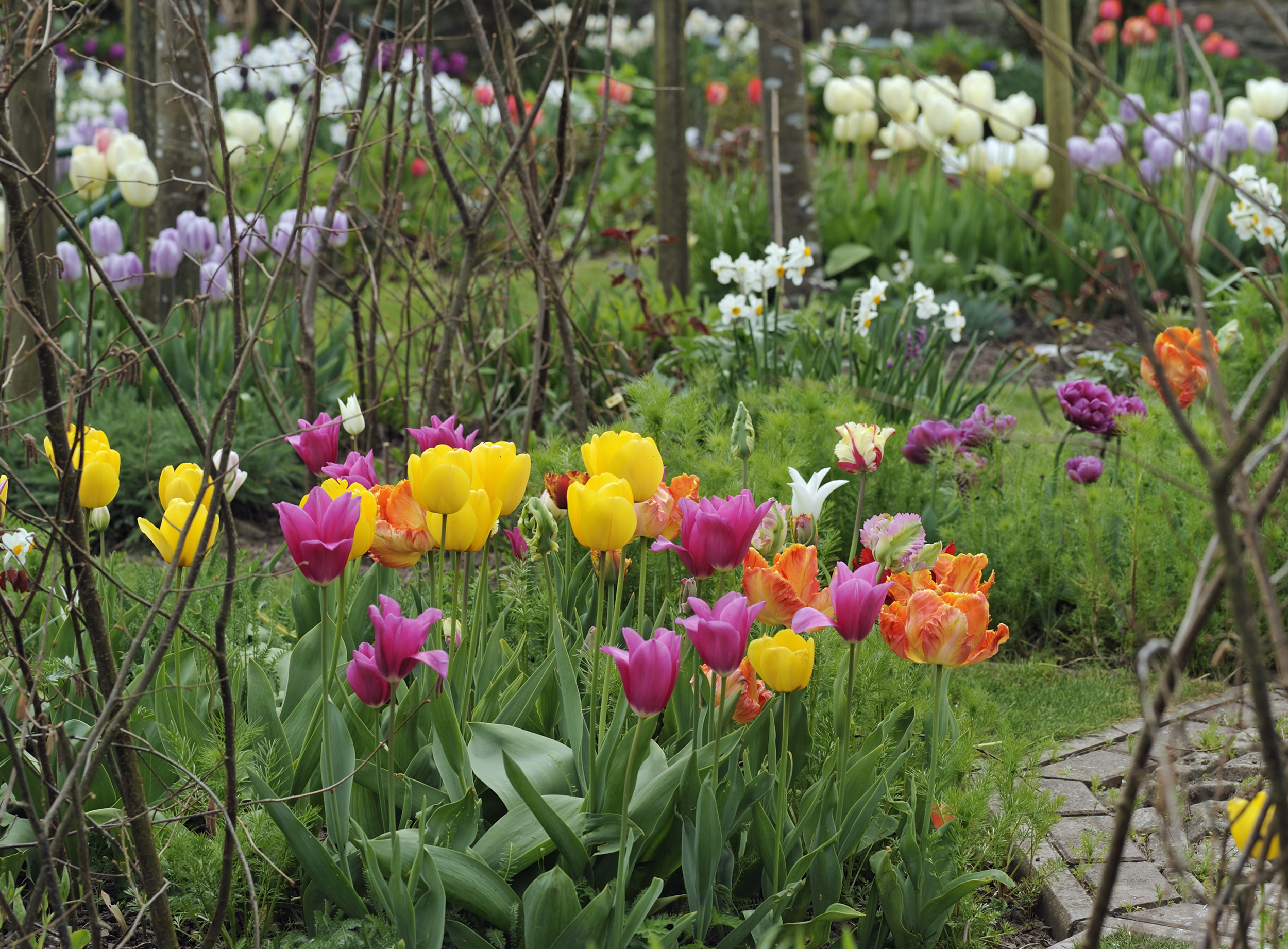
How to grow tulips, by the gardener who creates the incomparable display at Parham Park
Parham Park’s head gardener Tom Brown shares his tips on how to grow tulips.
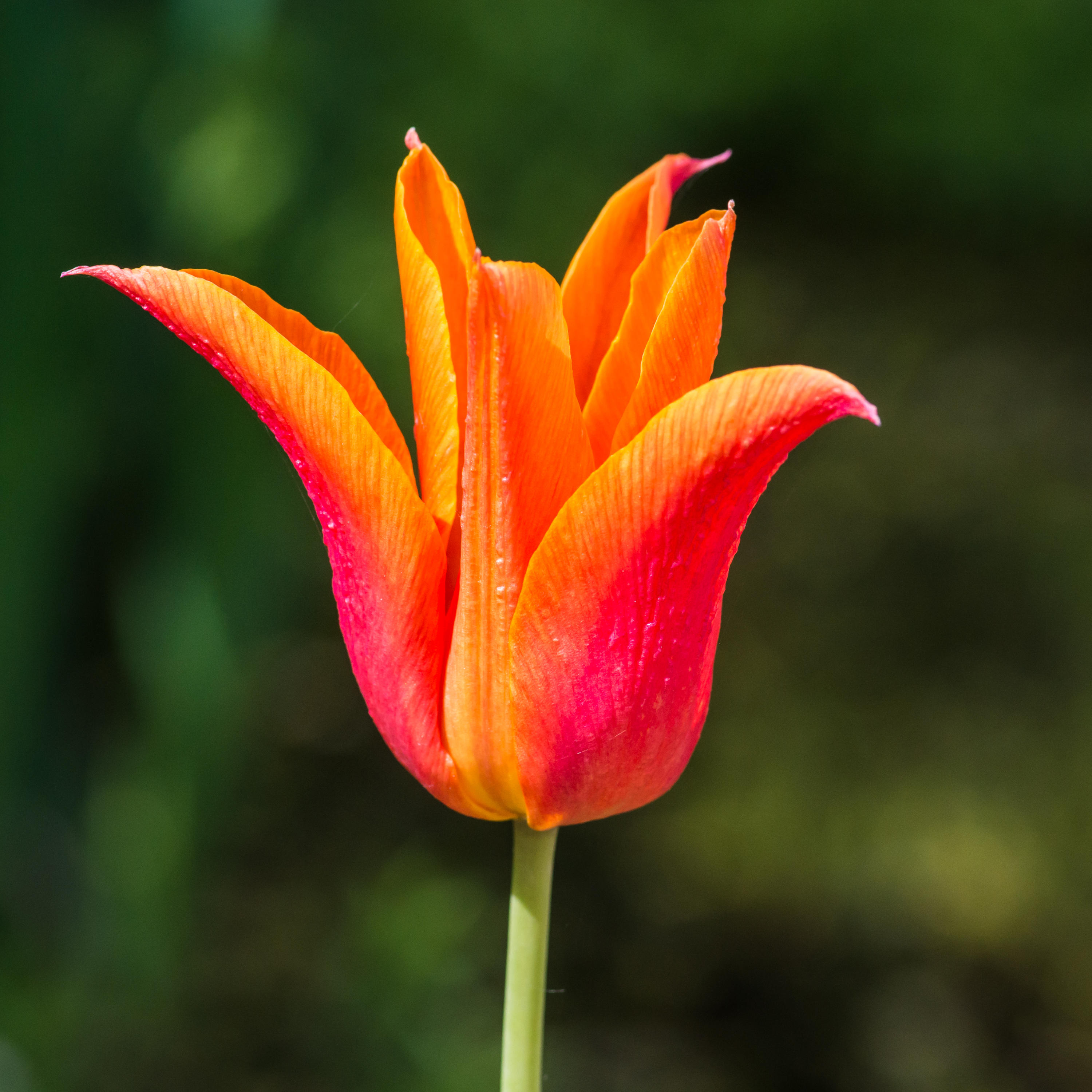
Best tulips: The bulbs to buy now to light up your garden throughout next summer
Charles Quest-Ritson once looked down on tulips, something he deeply regrets. Don't make the same mistake, he says, as he
Alan Titchmarsh is a gardener, writer, novelist and broadcaster.
-
 Spam: The tinned meaty treat that brought a taste of the ‘hot-dog life of Hollywood’ to war-weary Britain
Spam: The tinned meaty treat that brought a taste of the ‘hot-dog life of Hollywood’ to war-weary BritainCourtesy of our ‘special relationship’ with the US, Spam was a culinary phenomenon, says Mary Greene. So much so that in 1944, London’s Simpson’s, renowned for its roast beef, was offering creamed Spam casserole instead.
By Country Life
-
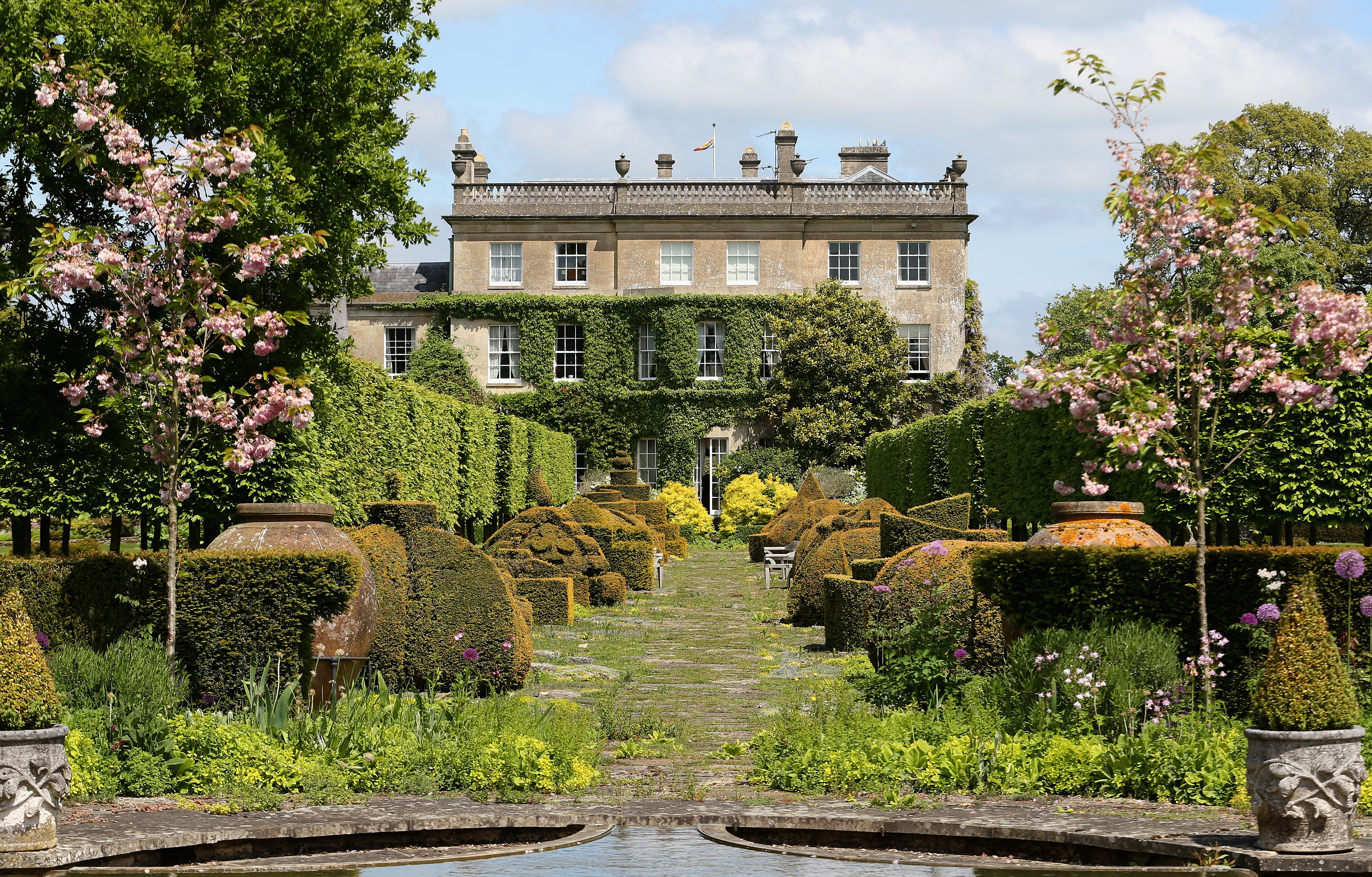 Sanderson's new collection is inspired by The King's pride and joy — his Gloucestershire garden
Sanderson's new collection is inspired by The King's pride and joy — his Gloucestershire gardenDesigners from Sanderson have immersed themselves in The King's garden at Highgrove to create a new collection of fabric and wallpaper which celebrates his long-standing dedication to Nature and biodiversity.
By Arabella Youens